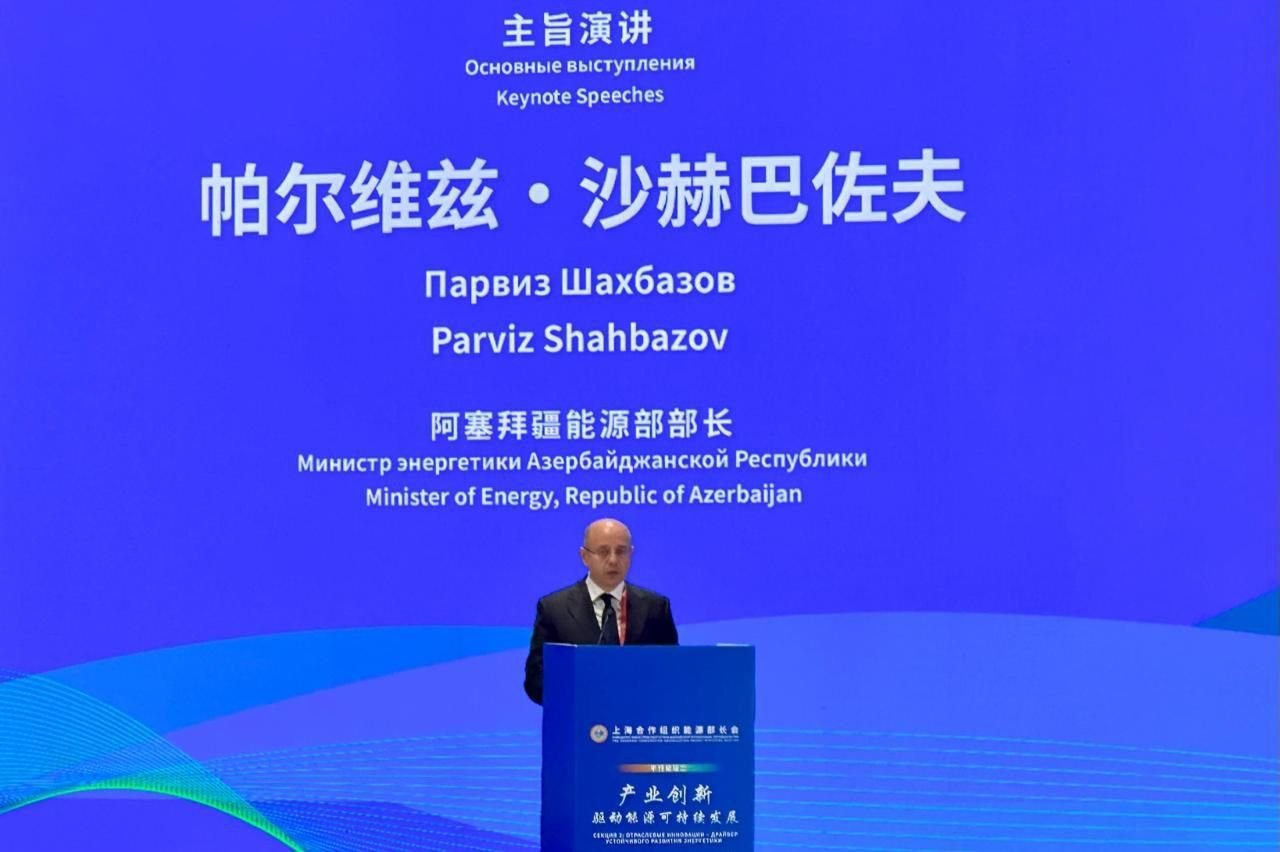The European Union (EU) is strengthening its economic ties with Pacific Island Countries (PICs) by updating trade agreements and establishing strategic partnerships. This shift enhances the EU’s presence in the Indo-Pacific region and supports the World Trade Organization (WTO) as a foundation for international trade. The revised Economic Partnership Agreements (EPAs) and cooperation with the Comprehensive and Progressive Agreement for Trans-Pacific Partnership (CPTPP) also create significant investment opportunities in technology, renewable energy, and logistics.
**Reinforcing Global Trade Standards** The EU’s renewed focus on the Pacific highlights its dedication to multilateral trade while addressing economic disparities in the region. The modernization of the 2023 Samoa Agreement strengthens EU relations with 79 African, Caribbean, and Pacific nations, ensuring compliance with WTO principles. The EU-Pacific EPA provides PICs with duty-free access to European markets while allowing gradual liberalization to protect sensitive sectors like agriculture. This approach aligns with the WTO’s guidelines aimed at reducing development imbalances.
By collaborating with the CPTPP, the EU demonstrates its commitment to maintaining robust trade standards. The CPTPP’s regulations on digital commerce and environmental protection align with EU and WTO norms, showcasing how regional agreements can coexist without undermining global trade systems.
**Investment Opportunities by Sector** 1. **Digital Technology and Infrastructure** The EU prioritizes digital connectivity as part of its trade governance strategy. Initiatives like the ASYCUDAWorld project in the Marshall Islands and the Pacific Quality Infrastructure Initiative (PQII) aim to digitize customs processes and improve export readiness. These projects require advanced technologies for data management and cybersecurity.
Investment Opportunity: Companies developing digital logistics and blockchain solutions, such as Siemens and Ericsson, are expanding their footprint in the region. Cloud service providers like Amazon Web Services and Microsoft also play essential roles in establishing scalable solutions for small economies in the Pacific.
2. **Renewable Energy Development** The EU’s focus on sustainability drives demand for renewable energy projects across PICs, which are especially vulnerable to climate change. Countries in the region are prioritizing solar, wind, and geothermal energy as part of their development plans. The upcoming EU Pac-TSD Programme, set for 2026, will fund green initiatives that align with the EU’s climate goals.
Investment Opportunity: Renewable energy companies, including Vestas Wind Systems and NextEra Energy, are expanding operations in regions like Tonga and Vanuatu. Firms engaged in sustainable agriculture, particularly those developing climate-resilient crops, may also benefit from EU-funded Aid for Trade programs.
3. **Logistics and Supply Chain Management** The increase in trade volumes under the EPA and CPTPP will heighten the demand for logistics services. The remote locations and smaller economies of PICs necessitate improved port infrastructure, cold storage for perishables, and reliable shipping routes.
Investment Opportunity: Companies like Maersk and DP World are investing in the development of Pacific ports, while DHL is enhancing regional air freight capabilities. Container leasing firms, such as TAL International, are also well-positioned to benefit from rising cargo demand.
**Challenges to Consider** – **Geopolitical Tensions:** The growing influence of China in the Pacific presents uncertainties for investors. Keeping track of trade negotiations and infrastructure projects funded by Beijing is critical. – **Climate Risks:** Natural disasters, such as cyclones, can disrupt supply chains. Insurance companies with a focus on climate-related risks, like Munich Re, may see increased demand for their services. – **Regulatory Complexity:** Investors should be prepared to navigate the overlapping regulations of the EU, CPTPP, and local jurisdictions.
**Conclusion: Long-Term Investment Potential** The EU’s strategic pivot towards the Pacific is not merely a political maneuver; it lays out a framework for modern trade practices. By leveraging WTO-compatible agreements and fostering growth in specific sectors, the EU is opening new pathways for investment in technology, renewable energy, and logistics.
**Actionable Steps for Investors:** 1. Consider thematic ETFs like the iShares Global Clean Energy ETF or Invesco Global Logistics ETF for diversified exposure to sectors benefiting from the EU’s initiatives. 2. Invest in infrastructure development through companies like Siemens and DP World, which are directly linked to Pacific growth. 3. Keep an eye on upcoming policy developments, such as the EU-Pacific Business Forum scheduled for September 2025, which may act as a catalyst for sector-specific advancements.
The EU’s inclusive, rules-based approach in the Pacific not only supports sustainable growth but also presents a compelling investment narrative for the future.




